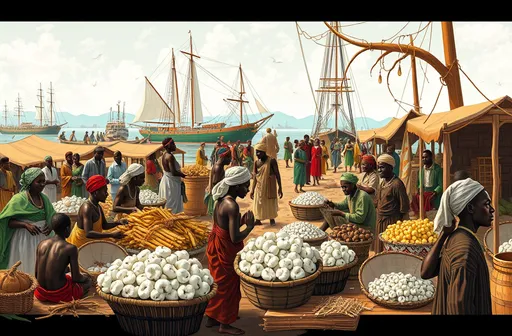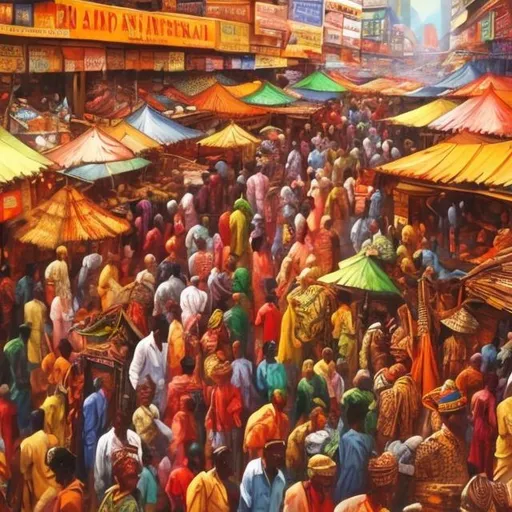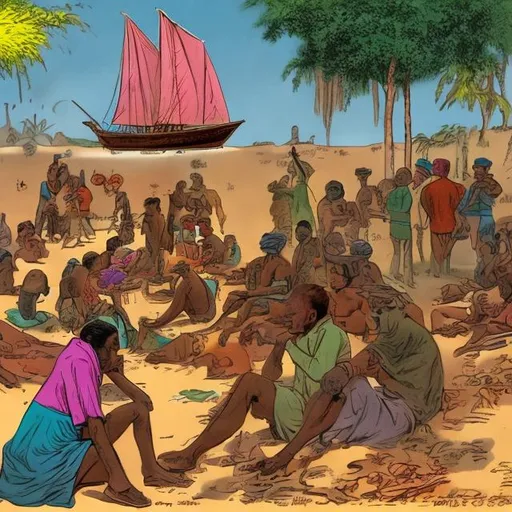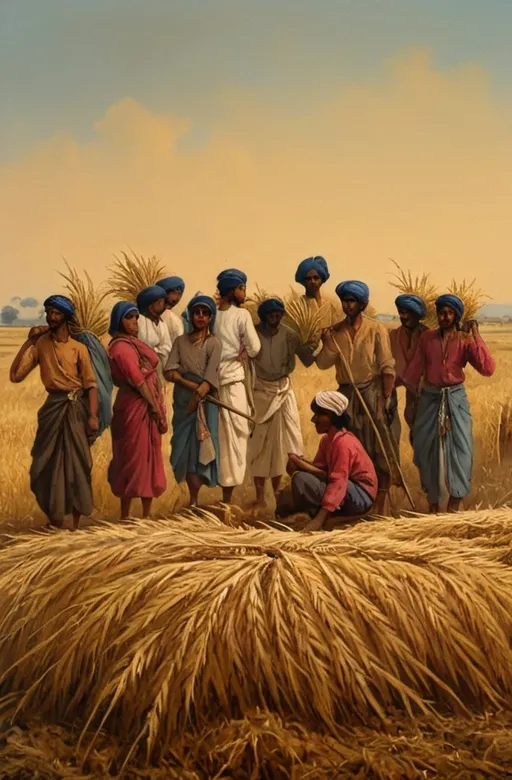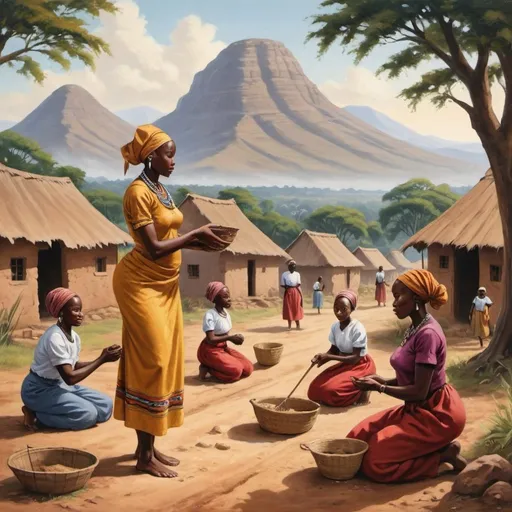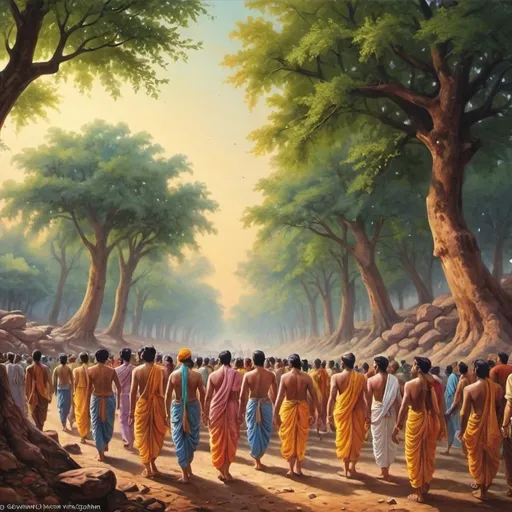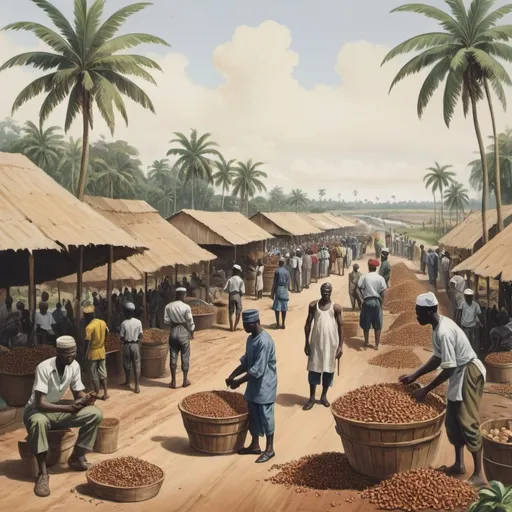Rahmat Aziz
Model: OpenArt SDXLSampler: DPM++ 2M SDE Karras
Prompt:
Crowds of people trading Indonesian spices during the 17th century
Width: 1024
Height: 576
Scale: 7
Steps: 25
Seed: 471750922
Create your first image using OpenArt.
With over 100+ models and styles to choose from, you can create stunning images.

